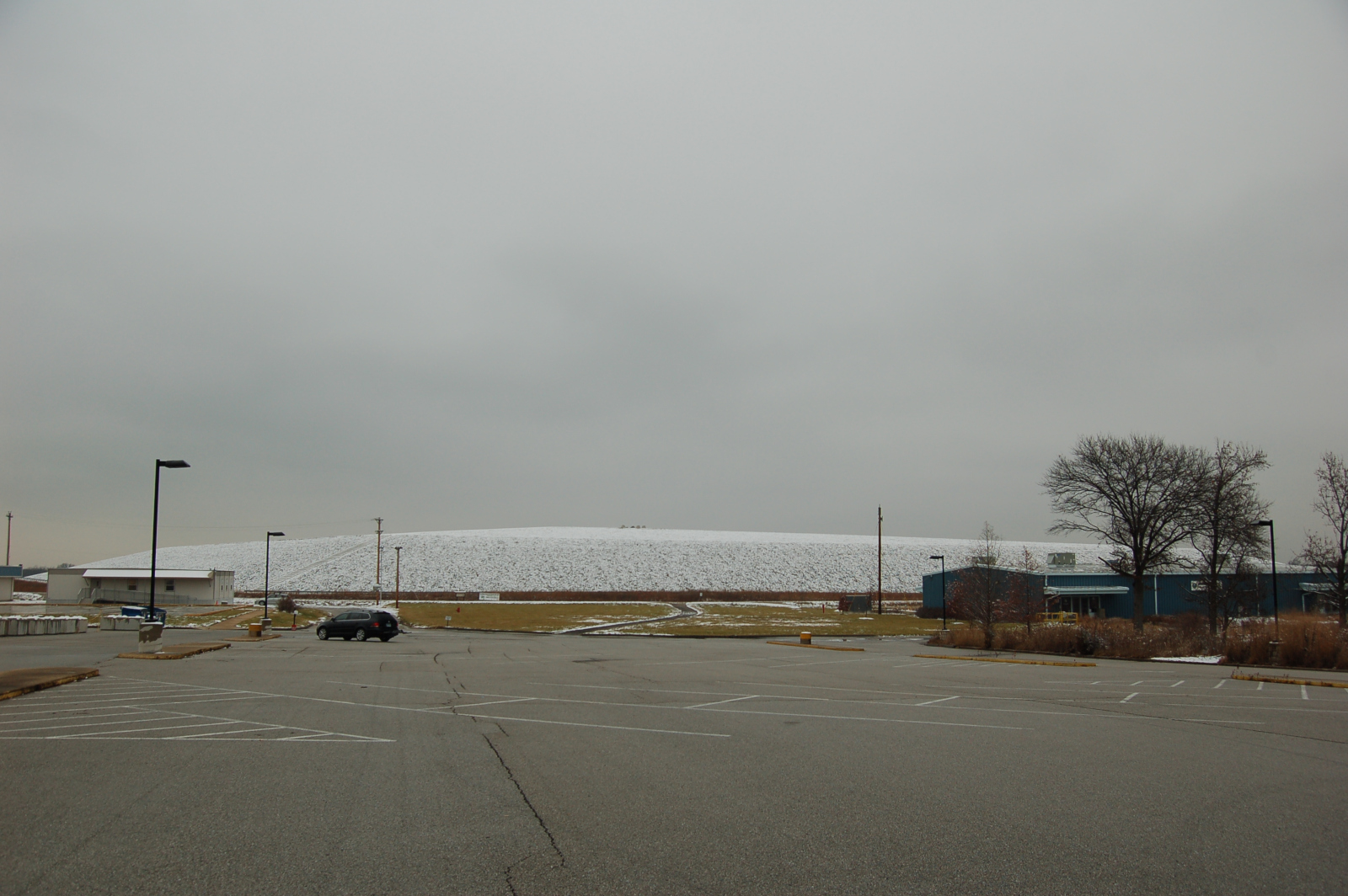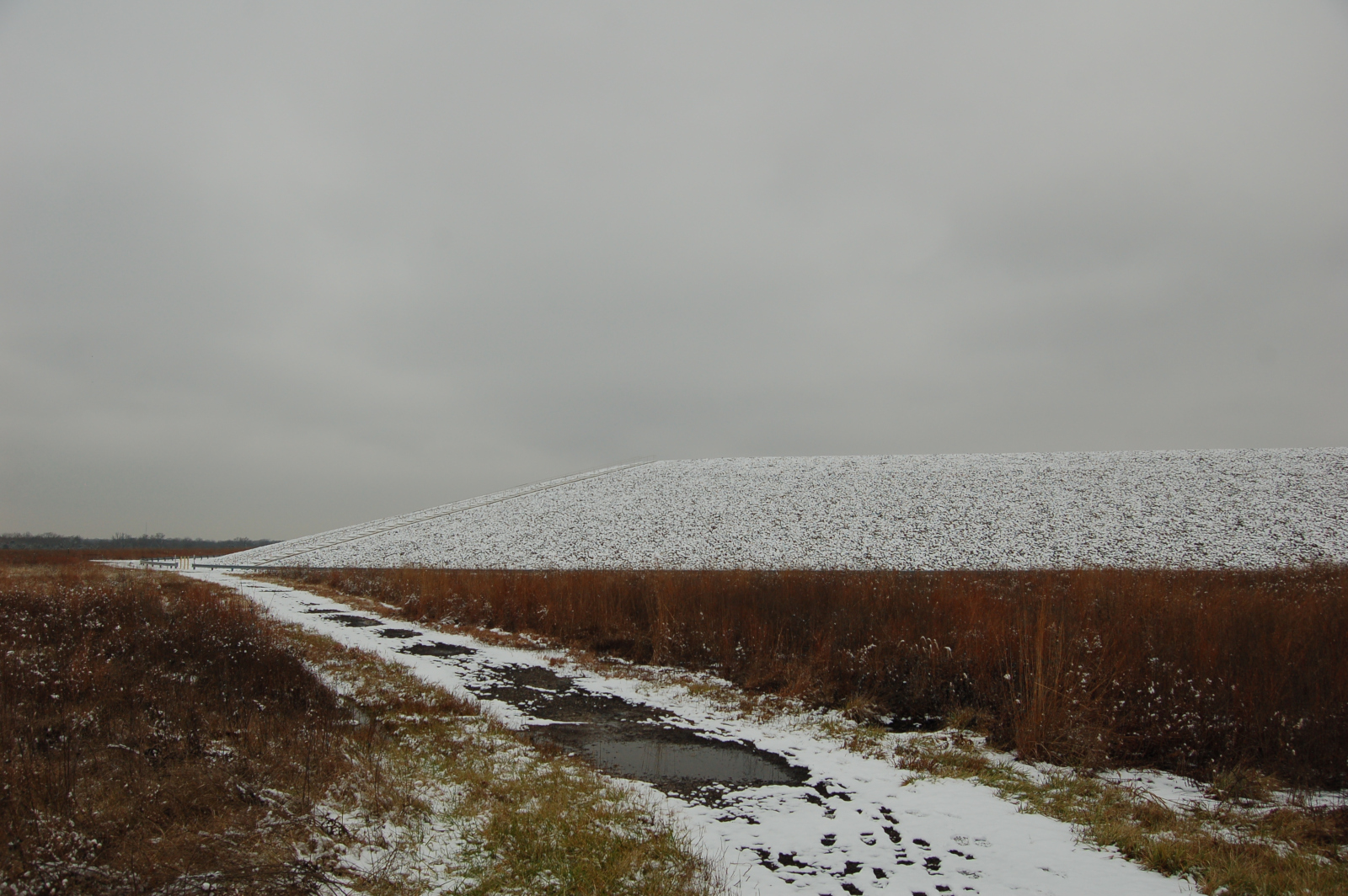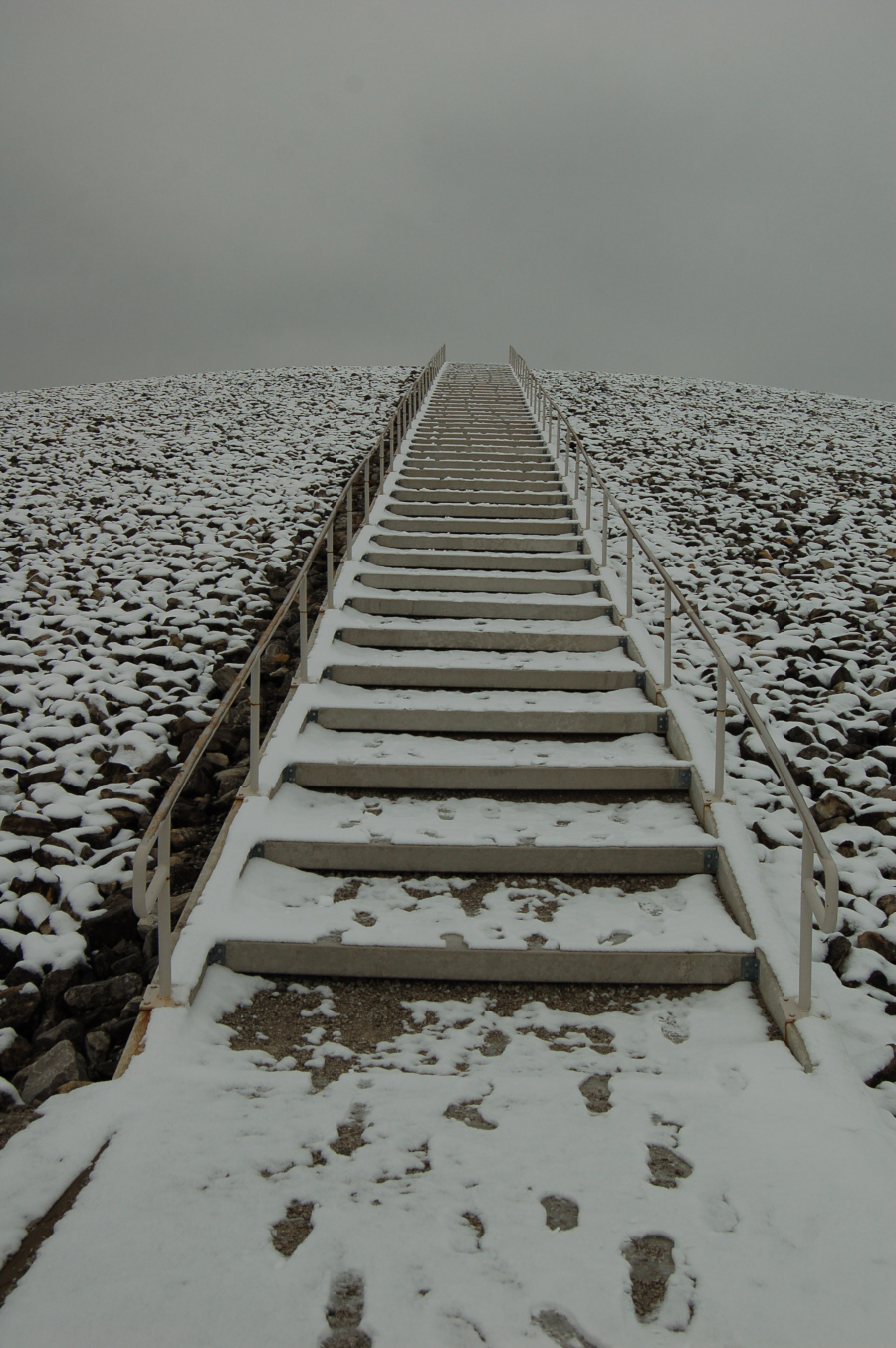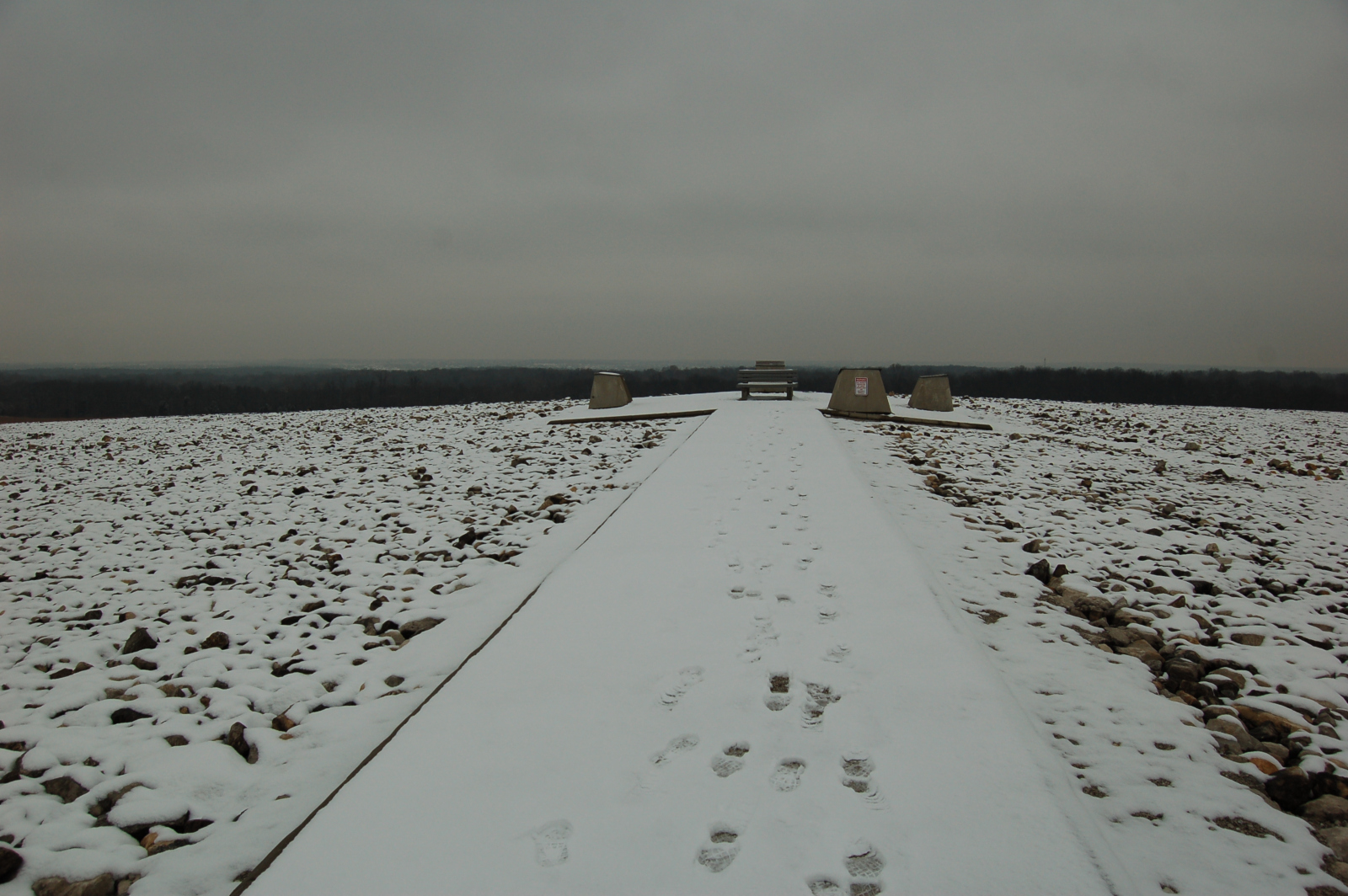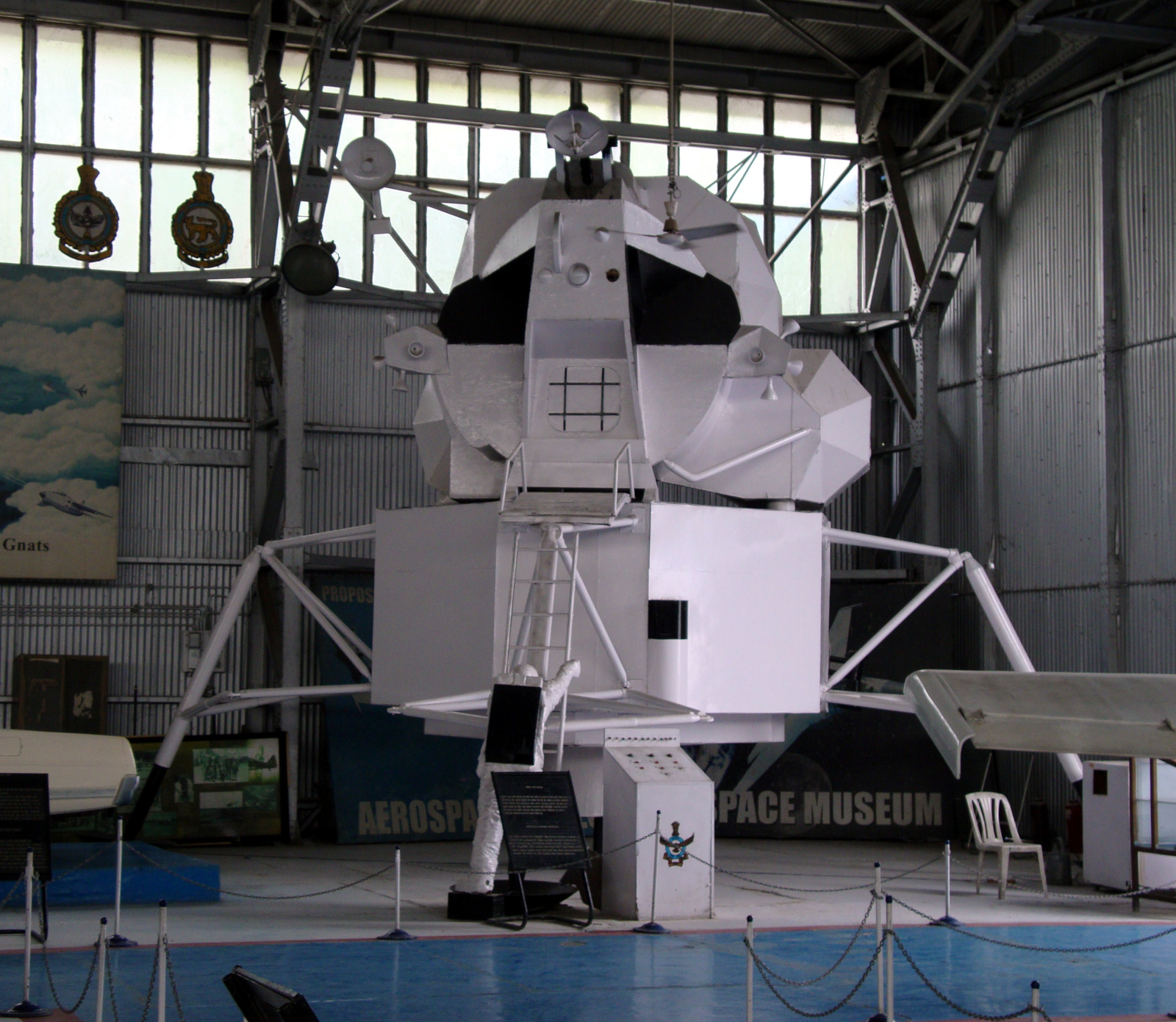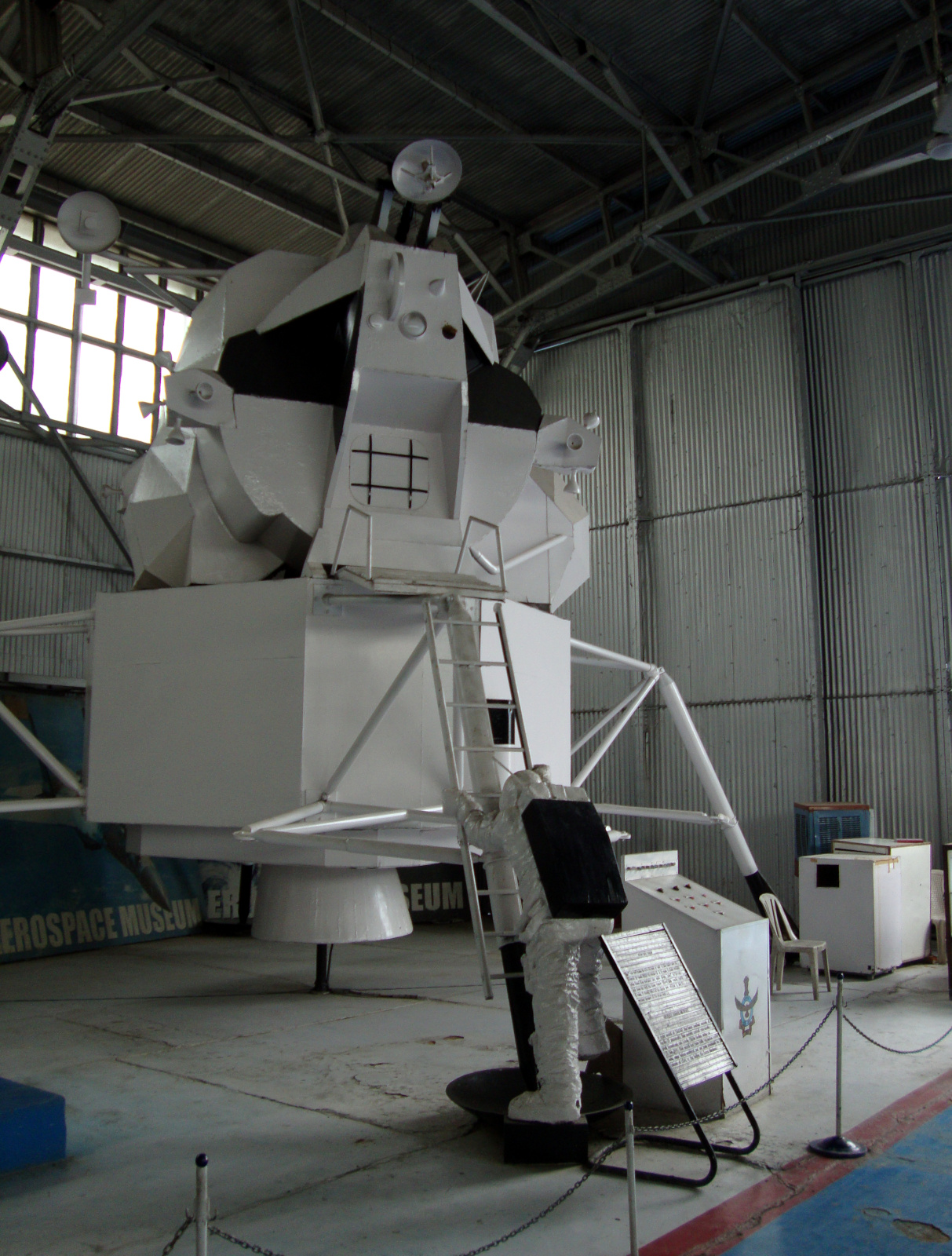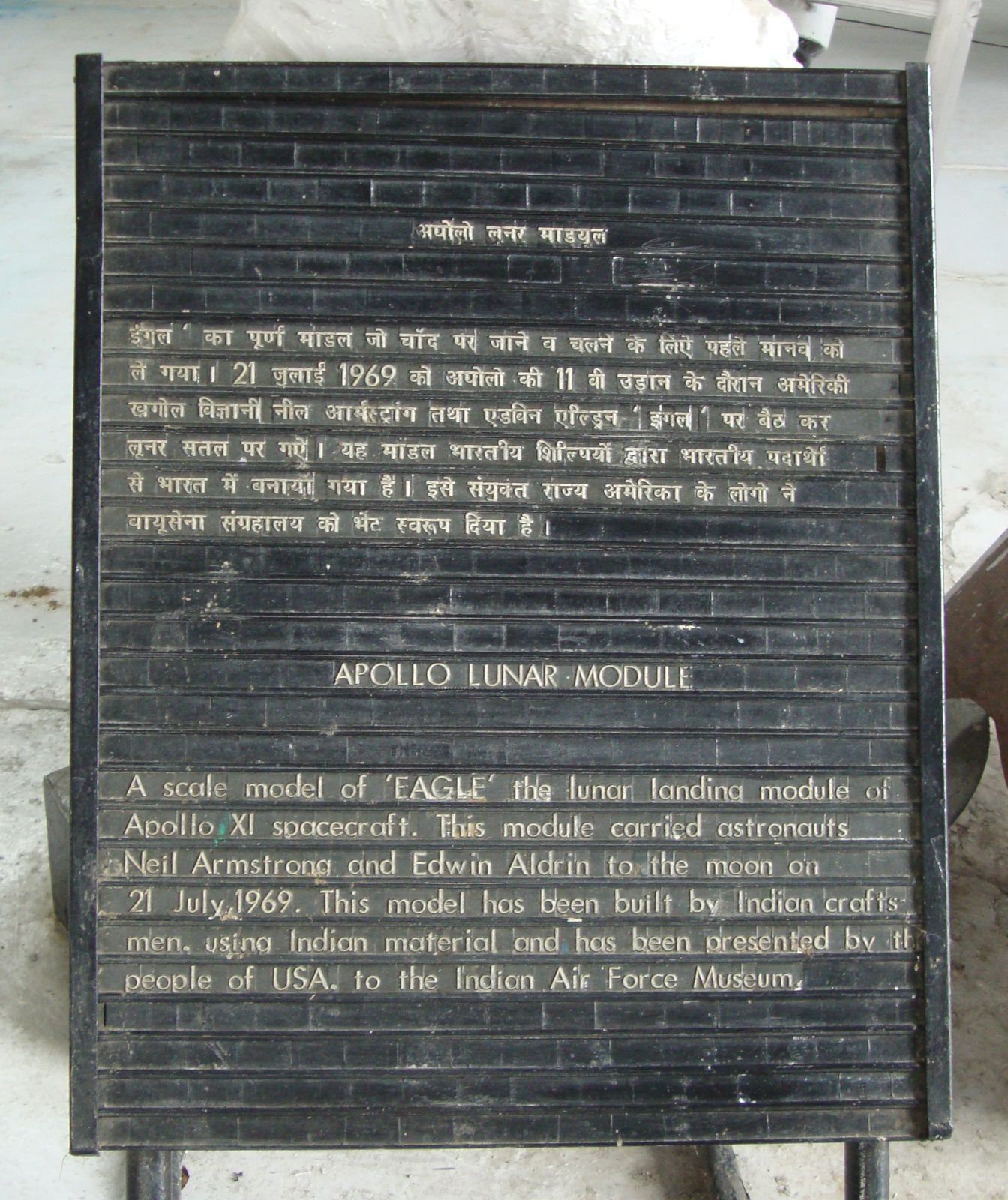The summits of the tallest mountains in the world, all of which are located in the great Himalayan range from northeastern India to Pakistan, remained inviolate until the 1950s and early sixties, when all of them were climbed for the first time. In 1950, Annapurna in central Nepal became the first peak higher than 8,000 meters to be climbed (there are fourteen in all) when a French team reached the summit. Next, in 1953, a British expedition reached the top of the highest of them all, Mt. Everest or Chomolungma.
It was by an accident of timing and geopolitics that these great mountains were first climbed in the fifties and sixties. Major European and American expeditions had made attempts on several of the 8,000-meter peaks in the twenties and thirties, but then the outbreak of World War II put these expeditions to a halt. When they resumed after the war, the Cold War had begun, and the subsequent mountaineering conquests took place in the context of this global struggle of ideologies.
In 1960, the Chinese government launched an expedition on the north side of Mt. Everest, which stands in Tibet. This was the first expedition on the Tibetan side since China had annexed the country in 1950. The government reported that three climbers reached the top of the mountain and left a plaster bust of Chairman Mao there as a memento of their visit. Mountaineers in the West generally doubted that the Chinese party had actually made it to the summit, as the only accounts released were party propaganda with a little mountaineering on the side. (The Chinese summiting is more widely accepted as veritable now.) Whether or not the Chinese climbers really reached the top, the expedition was a geopolitical coup, an assertion of China’s sovereignty over Tibet.
Three years later, a very different expedition attacked Everest from the southern side, through Nepal. This was the American Mount Everest Expedition 1963, or AMEE for short. Well-equipped, well-staffed (with 20 expedition members, 37 high-altitude Sherpas, and 909 porters), and well-funded by donations and government grants, the expedition was also highly-publicized. The expedition leader, Norman Dyhrenfurth, was a cinematographer by trade; he produced a movie about the climb and got Orson Welles to narrate it. One of the six members of the team to reach the summit was National Geographic Society photograph Barry Bishop. The expedition even had its own chronicler, mountaineer-author James Ramsey Ullman, who wrote a piece for Life magazine, the script of Dyhrenfurth’s movie, and a full book, Americans on Everest (which is a good read).
In his official account, Ullman repeatedly emphasized that AMEE’s climbing of Everest was not a nationalistic endeavor. For example, this passage:
The Chinese, on their climb of three years before, had declared that “we thought of Comrade Mao, took strength, and moved onward and upward”; but such sentiment would not do for AMEE. With due respect to our Chief Executive, and due allowance for the politics of the various team members, it is highly doubtful if anyone was climbing Everest for the President of the United States.
Yet even if the men who actually climbed the mountain did not do so for national glory, the expedition had to present itself in a national context in order to get funding. The American public and government asked: Why climb Mt. Everest? It has already been climbed. To which AMEE replied: Because it has never been climbed by Americans before.
The rhetoric convinced individuals, mountaineering clubs, companies, and the US government to donate $400,000 to the expedition. The State Department funded expedition costs in Nepal with a grant of $82,000 in Indian rupees, which the US government had earned from the sale of American wheat and other agricultural commodities to India under the PL-480 Food for Peace program. The State Department also funded a goodwill tour of selected expedition Sherpas around the United States after the climb.
A great, friendly American expedition to Asia aligned well with then-President John F. Kennedy’s internationalist agenda, which also produced the Peace Corps and USAID. When Kennedy presented the National Geographic Society’s Hubbard Medal to the expedition after the successful climb, he emphasized the international character of Himalayan mountaineering, citing other nations that had preceded the Americans to Everest. But he omitted the Chinese, as China was on the wrong side of the Iron Curtain and this was the Cold War after all.

Nawang Gombu presents a kata scarf to President Kennedy at the ceremony for the presentation of the National Geographic Society Hubbard Medal to members of the American Mount Everest Expedition. (Source: Abbie Rowe, White House Photographs, John F. Kennedy Presidential Library and Museum.)

